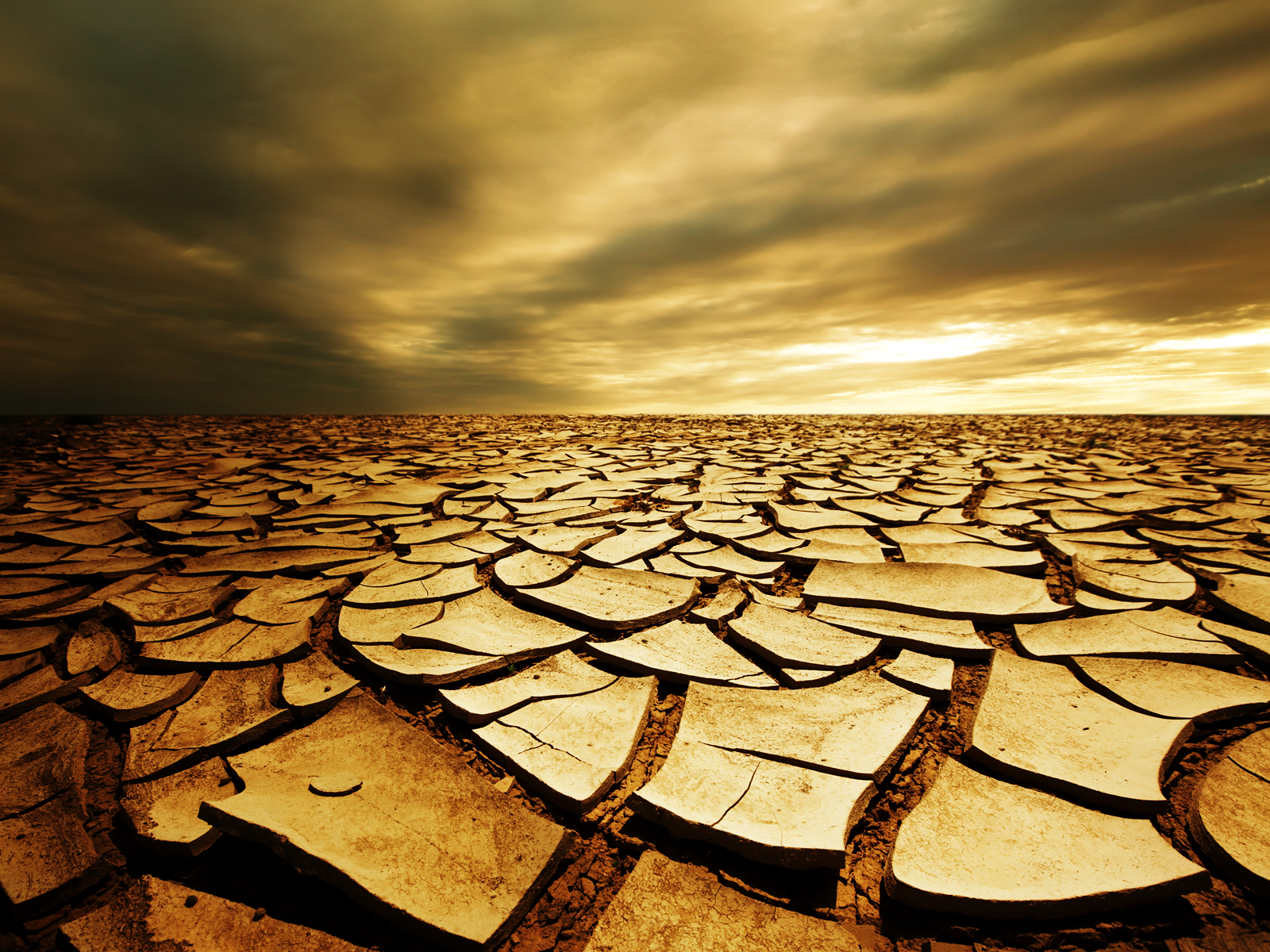Paper cutting is a technique to cut paper into various shapes by using scissor. In china, Paper-cutting is not just cutting the paper into pieces and throwing into the bin, it's one of the oldest and the most popular folk arts, which is widely used as decoration on walls, windows, doors, ceilings, lamps and so on. As a kind of Chinese traditional arts, its creation and development have close relationship with rural folklore and the Solar Terms, such as paper cutting for window decoration, door decoration and lamp decoration in Spring festival and lanterns festival. In northern countries, people placard colored paper cuttings on the white coverings of door, windows to create the festival atmosphere. Marriage paper cutting is put on the walls, furniture and other equipments in the bridal chamber. Chinese paper cuttings are rich in content. The auspicious designs stand for good luck and avoid evil ghosts, for example, child, cucurbit and lotus stand for a family with many children and grandchildren. Domestic birds, livestock, fruit, fish and worms are the main themes expressed by farmers. Due to the different areas, various kinds of paper cutting styles are formed. Shaanxi window paper cuttings are simple, bold and unconstrained; paper cuttings of Hebei and Shanxi province are colored and gorgeous, especially the figures in dramas; paper cuttings in Nanjing of Jiangsu province are delicate and bold.
Paper-cutting originated from ancient activities of worshipping ancestors and gods, and is a traditional Chinese culture. According to the present archaeological records, it originated from 6th century; however people believed that its history could be traced as early as the Warring States Period, long before the paper was invented. At that time, people used thin materials, like leaves, silver foil, silk and even leather, to carve hollowed patterns for beauty. Later, when paper was invented, people realized that this material was easy to cut, store and discard.
Famous Folk Paper Cutting
Yangzhou paper cutting has won the reputation as the representative of Southern paper cutting in China with its fluent shape, elegant composition, exaggerated image and creative technique. Wei town is regarded as the hometown of paper cutting. Firstly, Craftswomen cut the paper into delicate patterns and then dye the paper cutting bright color. Wei town is regarded as the hometown of paper cutting. Firstly, Craftswomen cut the paper into delicate patterns and then dye the paper cutting bright color. The main content of Wei town paper cutting is dramatis personae, flowers, grasses, fishes, worms, beasts and other auspicious objects which are full of pleasant, healthy feeling and the desire for happiness.
Methods of cutting paper
There are two methods of manufacture: one uses scissors, the other uses knives. In the scissor method, several pieces of paper — up to eight — are fastened together. Knife cuttings are fashioned by putting several layers of paper on a relatively soft foundation consisting of a mixture of tallow and ashes.
Sunrises are more meaningful to photograph than sunsets, not in any technical sense, but because you don’t have daylight in which to anticipate where the sun will be on the horizon, and to see what mist or cloud cover there is. Ask around to find the best spots to watch the sun come up, and find out when it arrives - sometimes the time is listed in local papers. The rewards for getting up early can be great. At this time of day there is often a different kind of light, a beautifully quiet and soft quality with none of the flame and fire associated with sunsets. This morning light can also invade city and harbourside streets — the sea will be calmer than in the evenings - when everyone is asleep, bringing picture opportunities.
The rules for sunsets apply similarly to sunrises, but if you are on any elevated spot, or in a wide open space, such as a desert or steppes, a wide angle will show the full extent of the flooding colour and light. A long lens, on the other hand, will show the shimmering outlines of the sun, which emerges like a living being, changing it colours and shape by the second. The action will happen quick- ly: and you will need to fire off rapid numbers of shots to get the best results.There are many famous high spots to visit to witness the sun's arrival, casting the shadow of the hill or mountain and exploding like a rainbow ripple around the horizon. Some, like Mount Fuji, can be crowded. Since ancient times the rising sun has been celebrated, making places such as Machu Pic- chu and Adanfs Peak particularly magical at this time of day.
For more photography retouching tips visit http://www.quickretouch.com.au/
When create a PPT choosing the proper image is very important, the "appropriate" absolutely does not mean the more beautiful the better, the larger the better, sometimes we need to deliberately ignore texture and beauty of an image under particular circumstance. The key point is to select the specific that match the whole rhythm and background the PPT needs to be. The following is my personal experience to share with you.
Use image with good resolution
The larger images often taken with high resolution, which is more clear, quality and can be transformed freely to meet users' requirements. On the other hand, when display under full screen mode, they will have better visual impact to match text or other element. If you only have low resolution images, I suggest do not use them.
Proper style
Choose the picture that match with the PPT style and color, which will provide consistent results. A randomly selected image may cause an abrupt impression. Therefore, in the production of PPT, strategy is very important. Good photos often highlight your work.

Deserts are defined by their aridity — no more than a few inches of annual precipitation, and in some years no rainfall at all. This simple climatic fact makes them at the same time the most inhospitable and the most impressive landscapes on the planet.
To begin with, they are sparsely populated if at all, which gives them a high ranking among the world's wild places, but also makes travelling through them a specialised affair. The aridity means that continuous sunlight and predictable clear skies are the norm, which makes it possible to plan shooting for key times of day.
The lack of rainfall means little or no vegetation, so that desert land forms are pure and uncovered - rock formations and dunes have clean, graphic lines and shapes found nowhere else. For photography, such starkness of form is a wonderful opportunity for creating stylised, even abstract imagery, though sometimes you might find yourself looking for some kind of prop to give the dunes a sense of scale.
If you are making a desert trip, make sure that you are in the hands of a driver and guide who really know what they are doing. Deserts are dangerous places to get stuck in, and the landscape can also be disorienting.
In the popular imagination, the classic desert landscape is of dunes, with or without camels. In reality, dune fields, or erg as they are known (most desert terminology comes from the Arabic) are much less common than, say, the stone and gravel desert plains. known as reg. For the desert photographer, dunes are the premier cru, and include such marvels as the red dunes of Sossusvlei in Namibia (the oldest in the world), the 100-to-300 metre (330-985ft) Mingsha Shan dunes of the Gobi Desert near Dunhuang in China, the white gypsum dunes of White Sands, New Mexico, and the Erg Chebbi of the Western Sahara in Morocco.
The sinuous lines, ridges and ripples create shapes and patterns that provide endless opportunity for experimenting with composition. Dunes alter their appearance radically with changing light, and are at their most striking when the sun is low. The classic shot is end-on to a dune ridge that is aligned roughly north to south, with a sharp S-curve separating the lit from shadowed sides. Look also for dune slopes in various directions, and for the effect that raking sunlight has on creating patterns from ripples.
Type of lens
When it comes to lens focal length decisions, there are again two classic treatments: telephoto and wide-angle. The telephoto approach is useful for compressing perspective, giving a single dune a more vertical appearance. With its compressing effect and natural selectivity a telephoto lens makes a dune field fill the frame more satisfactorily than a standard focal length.
The wide-angle approach is quite different, and takes advantage of the continuous texture of sand. Stand on or close to the ridge itself and angle the camera downwards so that the dune's horizon is close to the top of the frame; the lower part of the image will be filled with close sand. Provided that the sun's angle throws patterns into relief, this can be very striking, especially if sand particles glint.

In quickretouch we use photoshop to perform retouching jobs like removing unnecessary element, changing background, adjusting exposure. It is a very powerful software for the industry. The latest version brings improved processing algorithm for quicker retouching and the support for Retina displays.
Retouching is a "magic" if completed professionally. It can convert average photos to stunning artwork. No wonder the use of retouching tools under various circumstance is at the peak of popularity today. But not that everybody understand how the technique works. All the secret can be revealed from the amazing tool developed by Adobe - Photoshop. The latest version photoshop working with tweaked algorithms delivering faster and more quality elimination of various defects in a photo. Removing unwanted element without spoiling the composition now goes smoother than before.
Photoshop is not that hard to master based on our experience. Even with literally zero graphical skills, a user can fix damaged images by removing various scratches, tears and spots devaluing them. With a few mouse strokes an old photo starts looking much better, skin blemishes on a portrait go away, and unnecessary objects do not spoil the landscape any more.After a cerntain period of practice you can improve your photos by the software even easier. For instance, a user can now change background of a photo with combination of several built-in functions.
Moreover, if you are busy we are more than happy to retouch your photo here under a very cost effective manner and quick turn around time. Click here to view our samples, or place an order here.




